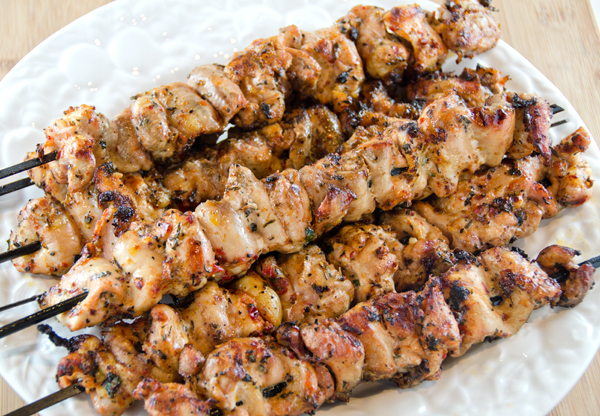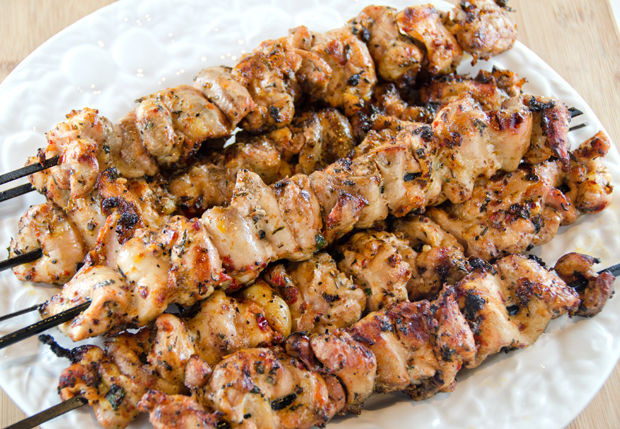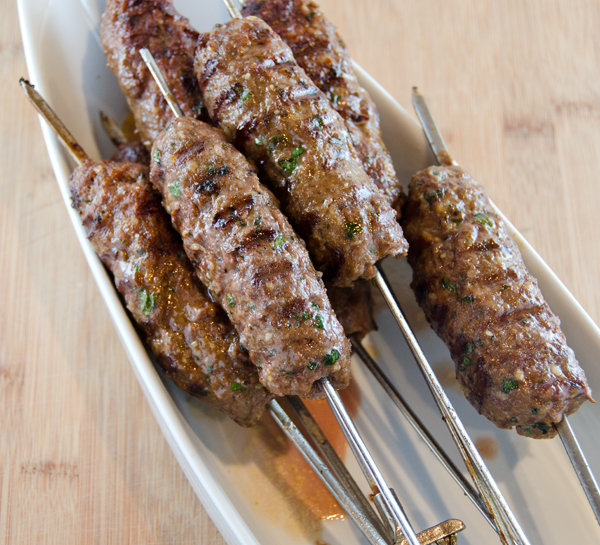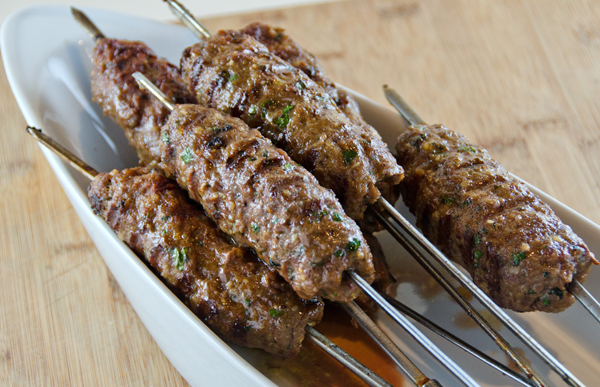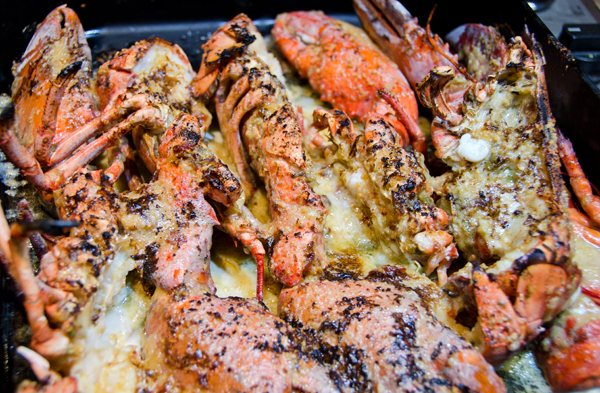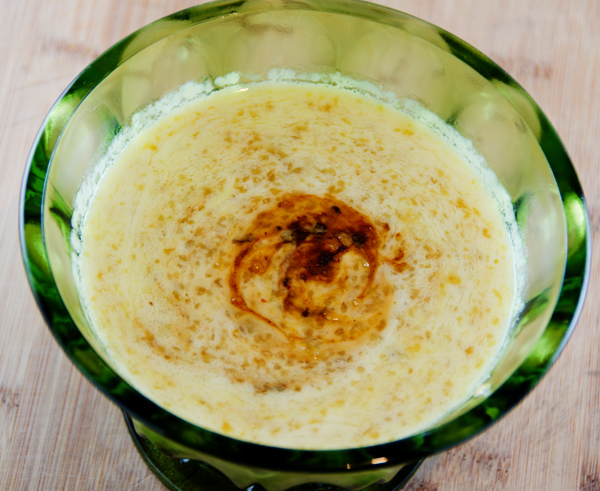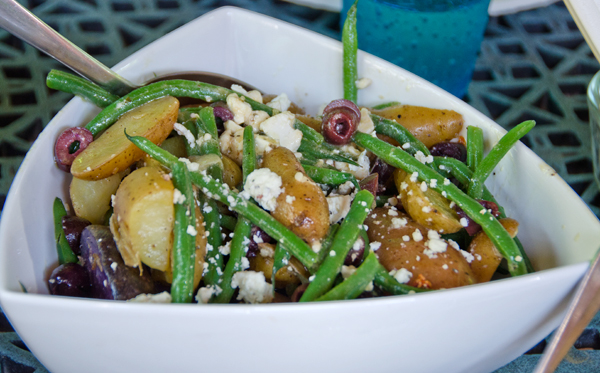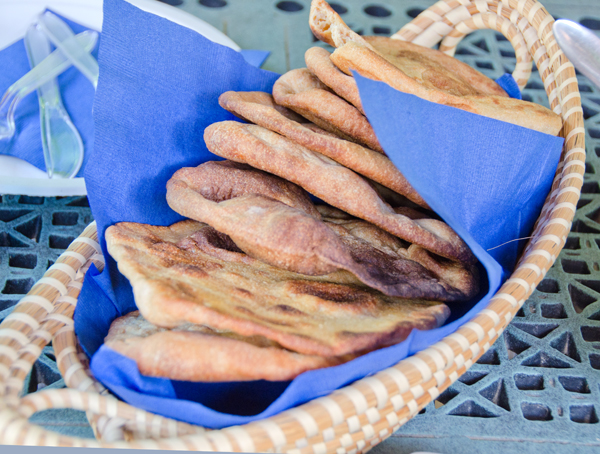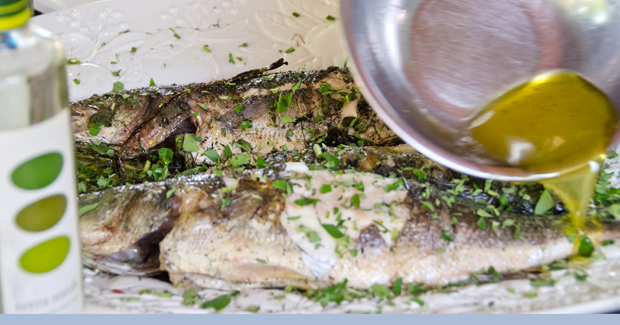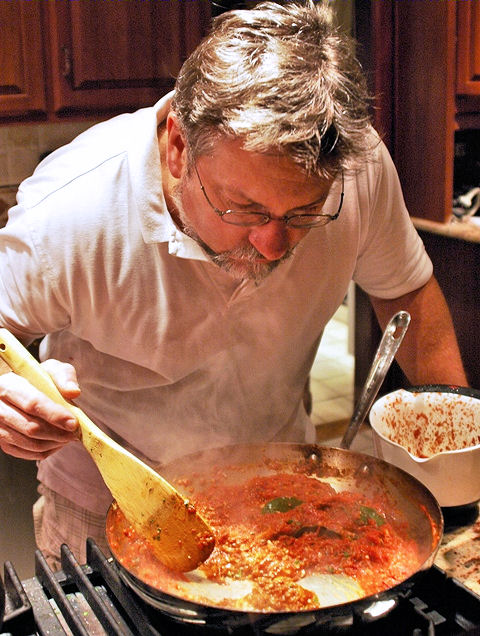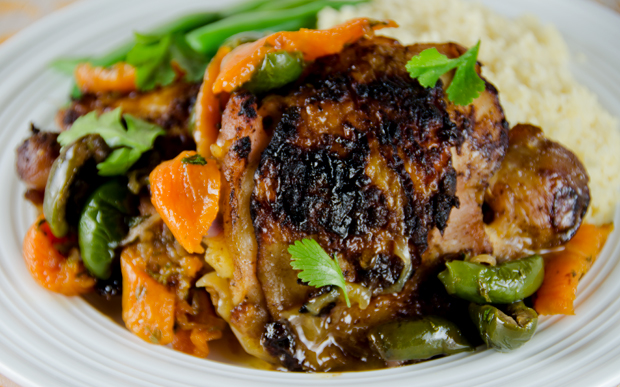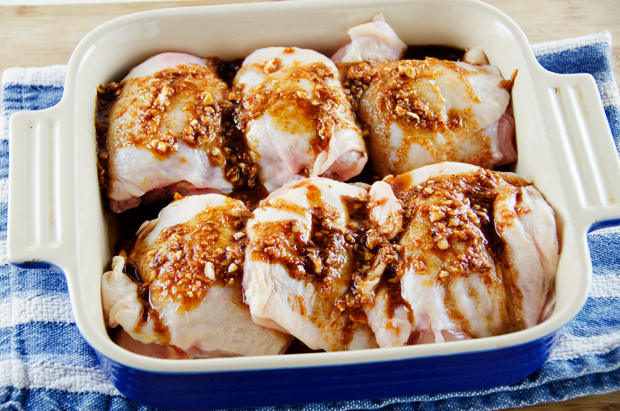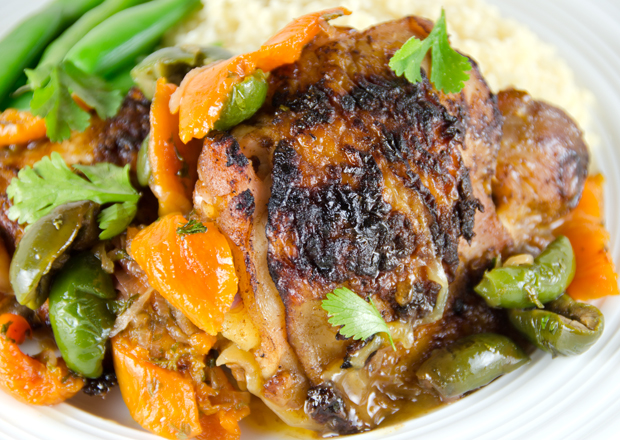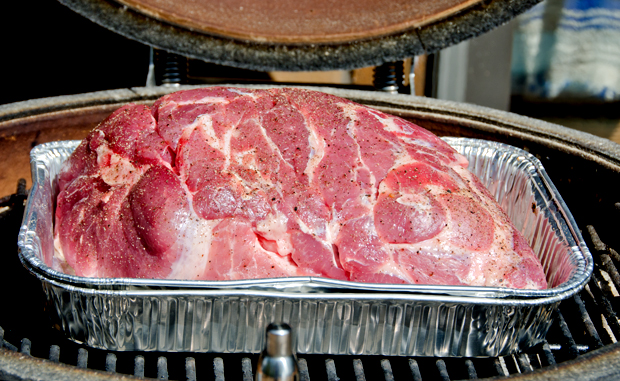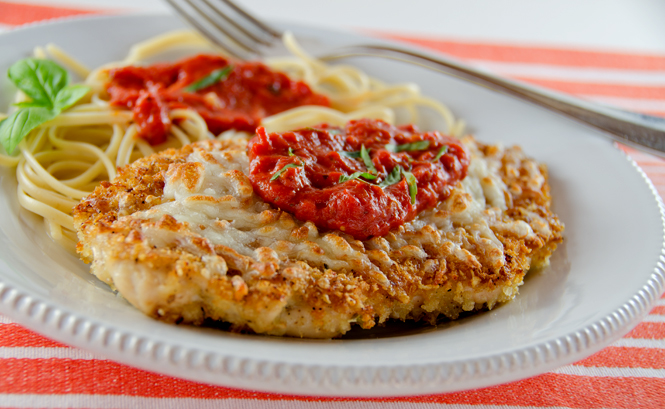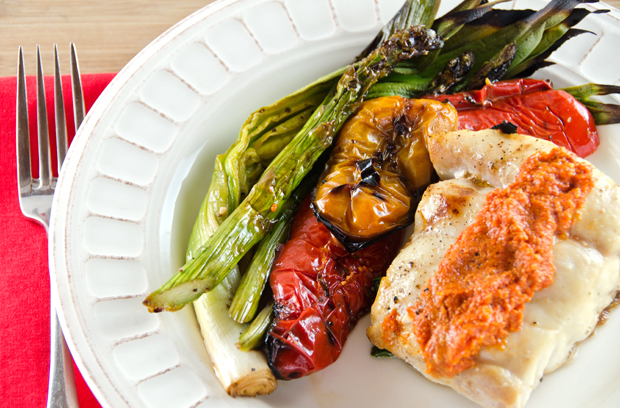Most Saturday mornings from early May to Thanksgiving you will find me shopping at the Wrightstown Farmers Market. Local residents and their well behaved pooches browse the stalls and purchase goods from twenty five vendors. The offerings range from locally grown produce, farm fresh eggs, meats and poultry, to dog treats, homemade soaps and pottery. I go to supplement the produce in our own garden, stock up on dog treats and on this week, I stopped by the stand for Purely Farms to pick up some pork chops for a future dinner.
Since 2004, Marc and Johanna Michini have been farming 117 acres they have named Purely Farm in Pipersville, Bucks County. Their mission statement is “to provide the local community with quality and wholesome, naturally pasture raised meats”. Their meats are hormone and antibiotic free.They not only raise pigs, but chicken and lamb also. We have enjoyed their artisanal sausages, bacon and pork chops for several years now.
I wasn’t sure what I wanted to do with the chops until Joe reminded me of a preparation that we had enjoyed before, Crunchy Baked Pork Chops. The recipe from Cook’s Illustrated magazine originally called for boneless chops cut 3/4 to an inch thick, a cut that is readily available in most supermarkets. The chops from Purely Pork were bone-in and cut 1 1/4 inch thick. The original recipe called for a half hour of brining. Lacking the time, I skipped that step though I am not opposed to brining. Brining changes the cell structure of the meat and results in a juicier pork. But I also knew the quality of the product from Purely Pork was far superior to what I would have purchased in a supermarket.
The crunchy in this recipe is the crumb coating. Homemade bread crumbs are tossed with shallots, garlic, oil, salt and pepper and baked to a deep golden brown. The cooled crumbs are combined with Parmesan, and lemon thyme and parsley from the garden. Next the chops are coated in a three step process. First, they are lightly dredged in flour, then coated with a slurry of egg white, Dijon mustard and flour. The last step is the bread crumb coating that is lightly pressed onto the chop. The chops are placed on a wire rack over a baking sheet to allow air to circulate around the chop while baking, avoiding the dreaded soggy bottom. Since pork chops are easy to overcook, an instant read thermometer is a must. An internal temperature of 150°F provided us with delicious chops. They were crunchy and golden on the outside and tender and juicy in the middle.
Crunchy Baked Pork Chops
Serves 4
Slightly adapted from Cooks Illustrated
Ingredients
- 4 1″ thick bone in, 6-8 ounces pork chops
- 4 slices white sandwich bread
- 2T minced shallot
- 1T minced garlic
- 2T vegetable oil
- Kosher salt and freshly ground black pepper
- 2T grated Parmesan cheese
- 1t minced fresh thyme leaves
- 2T minced fresh parsley leaves
- 1/4c unbleached all-purpose flour plus 6 tablespoons
- 3 large egg whites
- 3T Dijon mustard
Directions
- Place chops on a plate and salt on both sides. Let chops come to room temperature for an hour before cooking.
- Adjust oven rack to middle position and heat oven to 350°F, 325°F if you have a convection oven.
- Tear bread into 1″ pieces and pulse in a food processor (I used a mini) until coarsely ground. You should have about 3 1/2c of crumbs.
- Transfer crumbs to a bowl. Add shallot, garlic, oil, 1/4t salt and 1/4t pepper. Toss until the crumbs are evenly coated with oil. Place crumb mixture on a rimmed baking sheet. Bake crumbs until golden brown and dry, about 10 minutes. Stir crumbs occasionally to insure even browning. Cool crumbs to room temperature. Toss crumbs with Parmesan, thyme and parsley. Leave oven on.
- Place 1/4c flour in a pie plate. In a second pie plate, whisk whites and mustard until combined; add remaining 6 tablespoons flour and whisk until almost smooth, small lumps will still remain.
- Increase oven temperature to 425°F, 400°F if using convection mode. Spray wire rack with nonstick cooking spray and place on top of a rimmed baking sheet. This will allow greater air circulation and prevent chops with a soggy bottom! Season chops with pepper. Dredge one chop in flour, shake off excess. Using tongs, coat with egg mixture; let excess drip off. Coat all sides of chop with bread crumb mixture, pressing gently so that the crumbs adhere to the chop. Transfer breaded chop to wire rack. Repeat with remaining chops.
- Bake until instant-read thermometer inserted into center of chop registers 150°F, 17-25 minutes. Let rest on rack for 5 minutes before serving.




